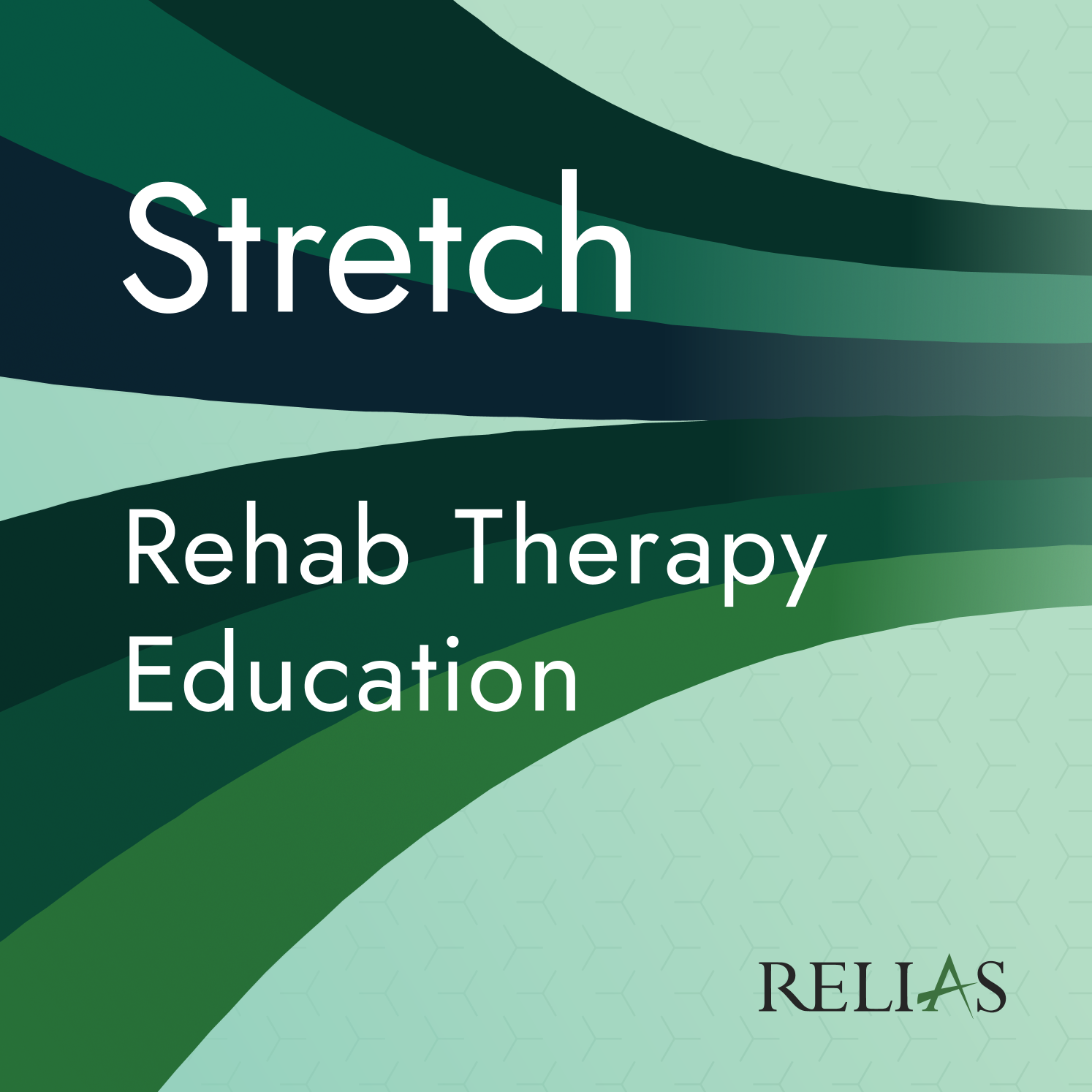High-Intensity Interval Training (HIIT) and the Geriatric Patient: Application to Practice
Description
PT, PTA, AT – this podcast may help you meet your continuing education requirements. Access Relias Academy to review course certificate information.
In this episode, we talk with Kele Murdin, PT, MPT, GCS, GTCCS about the benefits of high-intensity interval training for older adults and how best to implement it in practice.
(02:08) What Is High-Intensity Interval Training?
(03:19) Why Are We Talking About HIIT? Research and Benefits
(08:33) Individualizing High-Intensity Activity
(10:35) High Intensity: Definition and Measurement
(13:20) Moderate Intensity: Definition
(14:10) High Intensity and Recovery Intervals: Research Framework
(19:29) Individualizing Interval Ratios Based on Patient Presentation
(21:07) Which Rate of Perceived Exertion Scale to Use
(22:37) Is HIIT Safe for All Ages?
(28:27) What About People with Cardiovascular Disease and Comorbidities?
(30:40) How to Implement HIIT and Ensure Patient Safety
(36:47) How to Use Heart Rate to Calculate Intensity
(42:03) What About METs?
(46:28) Signs, Symptoms, and Recovery: What to Look For
(50:31) Patient Feedback
(52:17) Final Thoughts
The content for this course was created by J. Kele Murdin, PT, MPT, GCS, GTCCS.
The content for this course was created by Wendy Phillips, PT, BSPT.
Here is how Relias can help you earn continuing education credits:
Access your Relias Library offered by your employer to see course certificate information and exam;
or
Access the continuing education library for clinicians at Relias Academy. Review the course certificate information, and if eligible, you can purchase the course to access the course exam and receive your certificate.
Learn more about Relias at www.relias.com.
Legal Disclaimer: The content of Stretch: Relias Rehab Therapy Education is provided only for educational and training purposes for healthcare professionals. The educational material provided in this podcast should not be used as medical advice to treat any medical condition in either yourself or others.
Resources
ACSM Risk Stratification Chart:
https://www.acsm.org/blog-detail/acsm-certified-blog/2019/11/11/acsm-risk-stratification-chart-download
AACVPR Stratification Algorithm for Risk of Event: https://registry.dev.aacvpr.org/Documents/AACVPR%20Risk%20Stratification%20Algorithm_June2012.pdf
Different Heart Rate Calculators:
https://goodcalculators.com/heart-rate-calculator/
Rated Perceived Exertion (RPE) Scale: https://academic.oup.com/occmed/article/67/5/404/3975235
More Episodes
PT, PTA, OT, OTA – this podcast may help you meet your continuing education requirements. Access Relias Academy to review course certificate information.
Do kids who experience a concussion present with the same signs and symptoms as adolescents and adults? Do they follow the same treatment...
Published 05/14/24
Published 05/14/24
PT, PTA – this podcast may help you meet your continuing education requirements. Access Relias Academy to review course certificate information.
Did you ever wish you had a gait lab in your pocket? Are you aware that a person’s gait is a good predictor of their overall health? In this episode,...
Published 04/23/24


